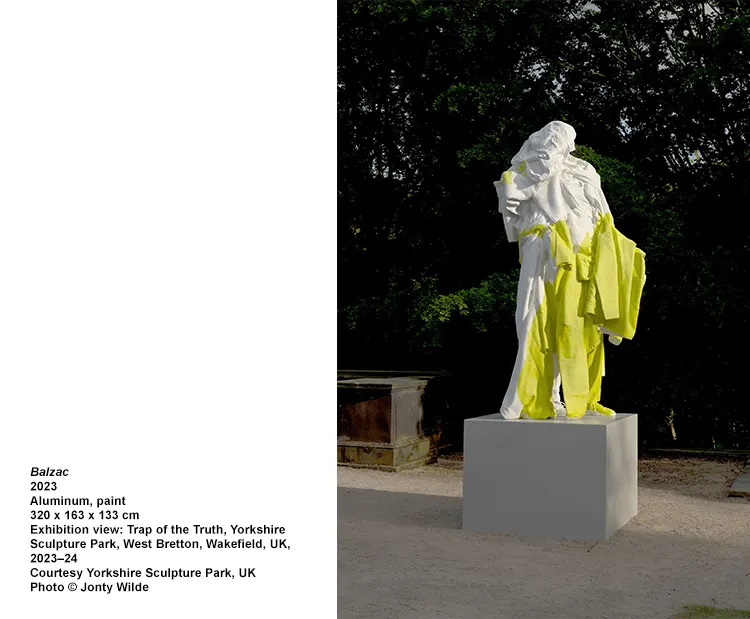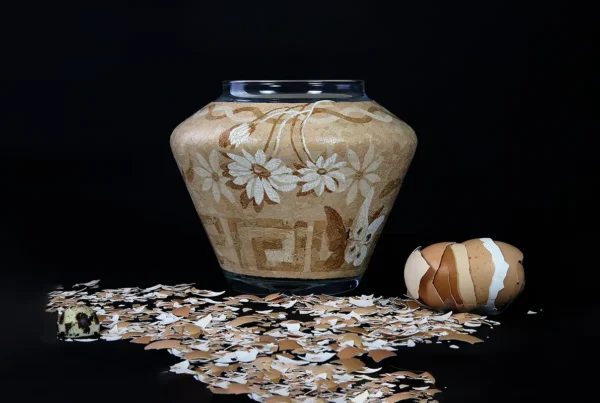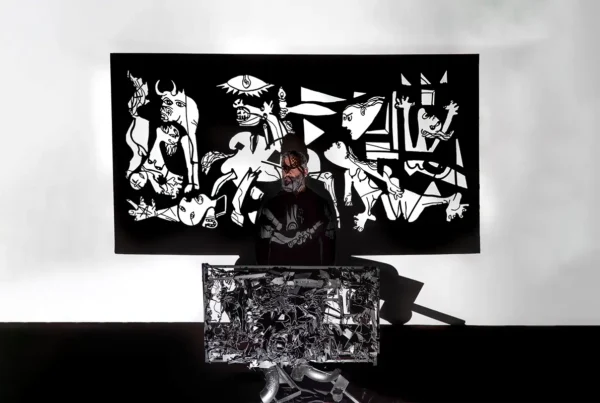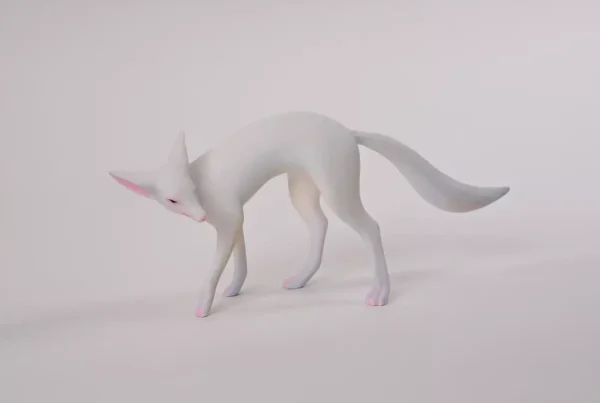“It’s like a brand to call it “one-minute” — It’s never a minute, it could be 10 seconds or two minutes, it’s just the synonym for short.”
Erwin Wurm: The Philosophical Sculptor
Acclaimed Austrian artist Erwin Wurm, born in 1954, stands as a formidable figure in the contemporary art scene. Known for his innovative and whimsical approach to sculpture, Wurm has carved out a unique niche that blends the absurd with the meaningful, which deeply influenced his sculptural endeavors, particularly his renowned One Minute Sculptures. In these works, Wurm masterfully captures the ephemeral nature of art, embedding a sense of fleeting profundity in his sculptures. The audience is not merely an observer but becomes an integral part of the artwork. This dynamic interaction is a testament to Wurm’s ability to transform the transient into something impactful.
Erwin Wurm’s artistic explorations are deeply rooted in philosophical thought, particularly concerning the human experience of time and space. His work prompts a reevaluation of the audience’s perceptions and conceptions. Through the creation of ephemeral sculptures or the unconventional modification of objects, Wurm engages viewers in a dialogue about the nature of the physical world. His art consistently probes the interface between what is fleeting and what is enduring, fostering a profound reflection on the nature of our existence and our place within the broader context of time and space.

Transforming the Mundane: Wurm’s Artistic Alchemy
Erwin Wurm’s unique perspective is most evident in his treatment of everyday objects. Wurm’s belief that art permeates all aspects of life drives him to find extraordinary potential in the most mundane of objects. By manipulating cars, houses, and other commonplace items, he introduces his audience to a surreal, humorous world hidden within the ordinary. Through his surreal manipulations, he invites his audience to question and reconsider the roles and meanings of common objects in our lives. This perspective is less about relatability and aesthetic appreciation, and more about stimulating thought and reflection on the often overlooked aspects of our daily environment.
Wurm primarily utilizes film and photography as integral extensions of his sculptural practice. These mediums are pivotal in capturing the essence of his ephemeral sculptures, ensuring that their fleeting existence is preserved and transformed into enduring works of art. In Wurm’s hands, film and photography transcend their traditional roles, becoming sculptural works in their own right. This approach allows him to explore new dimensions of expression and engagement, effectively merging sculpture with time-based media. Through this multidisciplinary fusion, Wurm adeptly blurs the boundaries between distinct art forms, creating a complex and richly layered artistic experience. This method reinforces the impermanent nature of his sculptures while simultaneously offering a permanent and thought-provoking representation of his artistic vision.
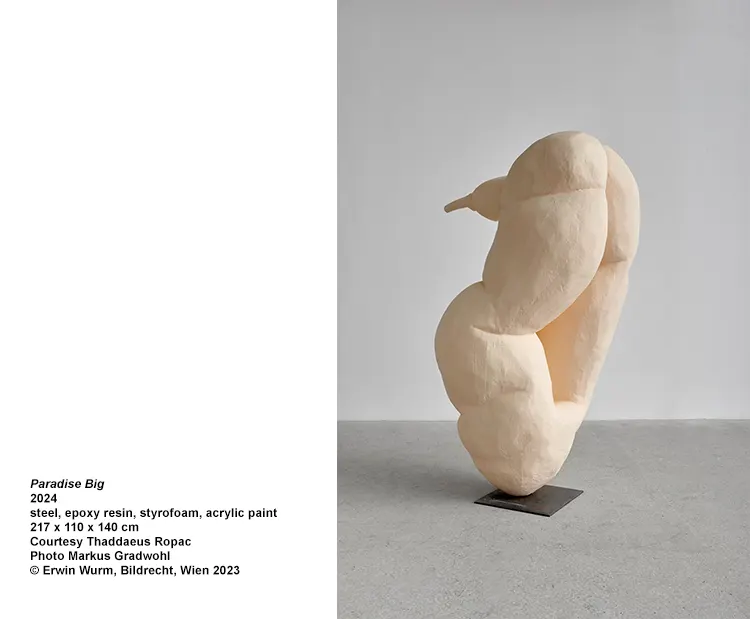
Erwin Wurm: A Lens on Consumerism and the Environment
In Erwin Wurm’s distinctive artistic realm, absurdity and paradox transcend mere expression to become incisive tools for examining societal issues like consumerism and environmental impact. His works subtly critique the extravagances of modern society, offering a compelling commentary on the irrationalities of consumer culture. By interweaving the mundane with the extraordinary, Wurm highlights the environmental consequences of consumerism, urging a reassessment of our values and habits. His art serves not just as a source of aesthetic pleasure but as a catalyst for societal reflection, sparking conversations about our collective environmental footprint. Wurm’s approach, infused with humor and insight, challenges conventional representations of reality and questions the artist’s role in society.
Wurm’s Dialogue with Form and Perception
In Erwin Wurm’s recent artistic endeavors, Ghost (Substitutes) emerges as a testament to his sculptural vision. In this piece, Wurm transforms ordinary clothing into an extraordinary sculpture, setting the stage for a contemplation of the material and the immaterial. This artwork is not just a physical transformation but a conceptual leap, elevating mundane attire to the realm of fine art. By doing so, Wurm invites viewers to rethink their perceptions of everyday objects. The use of aluminium, starkly contrasting with the inherent softness of clothing, deepens the thematic intricacy of the piece. This juxtaposition is further enhanced by the application of acrylic paint, which imparts a fabric-like appearance to the metal, challenging our traditional perceptions of texture and material.
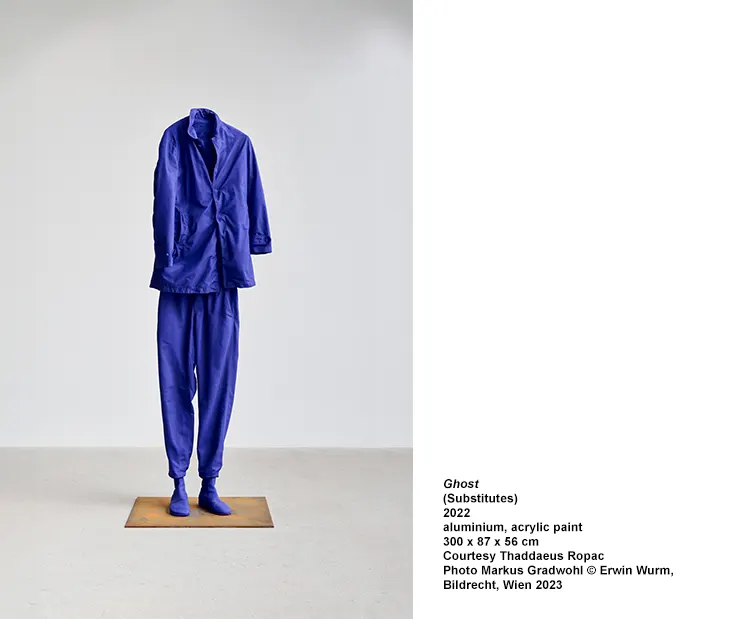
The unveiling of Wurm’s 3.2-metre-tall bronze sculpture of Balzac in 2023 presents a compelling counterpoint to Ghost (Substitutes). This grand sculpture, featuring the human form draped in intricate robes, echoes the splendor of ancient classical statuary. It not only represents a historical figure but also stands as a tribute to the enduring art of sculpture, blending classical and historical references with finesse. This piece pays homage to Rodin’s interpretation of Balzac, forging a link between the classical past and the present, and between different artistic approaches. The contrast between Wurm’s conceptual Ghost (Substitutes) and the traditional grandeur of Balzac exemplifies the artist’s range, skillfully navigating between contemporary art’s conceptual challenges and the deep-rooted traditions of classical sculpture.
